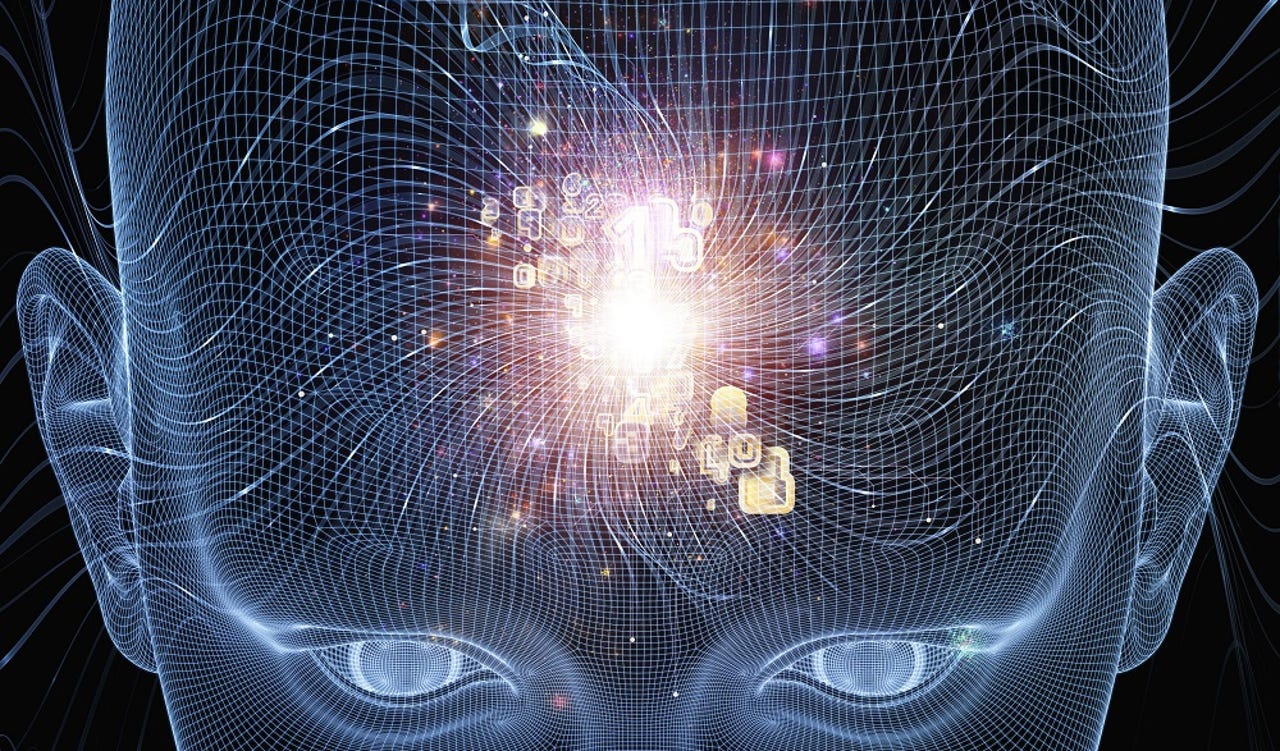Research alliance announces moonshot: Reverse engineering the human brain


Carnegie Mellon University, working in conjunction with researchers at Johns Hopkins, Harvard, and other institutions, plans to reverse engineer the human brain. Let's just hope Igor doesn't grab the one marked "Abby Normal."
CMU announced this week that it's embarking on a five-year, $12M research effort to unlock the secrets of neural circuitry and the brain's learning methods. Researchers will use these insights to make computers think more like humans.
Robotics
The research project, led by Tai Sing Lee, professor in the Computer Science Department and the Center for the Neural Basis of Cognition (CNBC), is funded through the Machine Intelligence from Cortical Networks (MICrONS) research program.
"MICrONS is similar in design and scope to the Human Genome Project, which first sequenced and mapped all human genes," Lee says. "Its impact will likely be long-lasting and promises to be a game changer in neuroscience and artificial intelligence."
Lee and his colleagues are hoping to discover the principles and rules the brain's visual system uses to process information. This deeper understanding could serve as a springboard to revolutionize machine learning algorithms and computer vision.
In particular, the researchers want to improve the performance of neural networks -- computational models for artificial intelligence inspired by the central nervous systems of animals. Interest in "neural nets," which was all the rage in the 1990s, has recently undergone a resurgence thanks to growing computational power and datasets. Neural nets now are used in a wide variety of applications in which computers can learn to recognize faces, understand speech and handwriting, make decisions for self-driving cars, perform automated trading, and detect financial fraud.
"But today's neural nets use algorithms that were essentially developed in the early 1980s," Lee explains. "Powerful as they are, they still aren't nearly as efficient or powerful as those used by the human brain. For instance, to learn to recognize an object, a computer might need to be shown thousands of labeled examples and taught in a supervised manner, while a person would require only a handful and might not need supervision."
Artificial neural nets process information in one direction, from input nodes to output nodes. But the brain likely works in quite a different way. Neurons in the brain are highly interconnected, suggesting possible feedback loops at each processing step. What these connections are doing computationally is a mystery; solving that mystery could enable the design of more capable neural nets.
The CMU-led team will collaborate with another MICrONS team at the Wyss Institute for Biologically Inspired Engineering, led by George Church, professor of genetics at Harvard Medical School. The Harvard-led team, working with investigators at Cold Spring Harbor Laboratory, MIT, and Columbia University, is developing revolutionary techniques to reconstruct the complete circuitry of the neurons recorded at CMU. The database, along with two other databases contributed by other MICrONS teams, unprecedented in scale, will be made publicly available for research groups all over the world.
In this MICrONS project, CMU researchers and their collaborators in other universities will use these massive databases to evaluate a number of computational and learning models as they improve their understanding of the brain's computational principles and reverse-engineer the data to build better computer algorithms for learning and pattern recognition.
"The hope is that this knowledge will lead to the development of a new generation of machine learning algorithms that will allow AI machines to learn without supervision and from a few examples, which are hallmarks of human intelligence," Lee said.